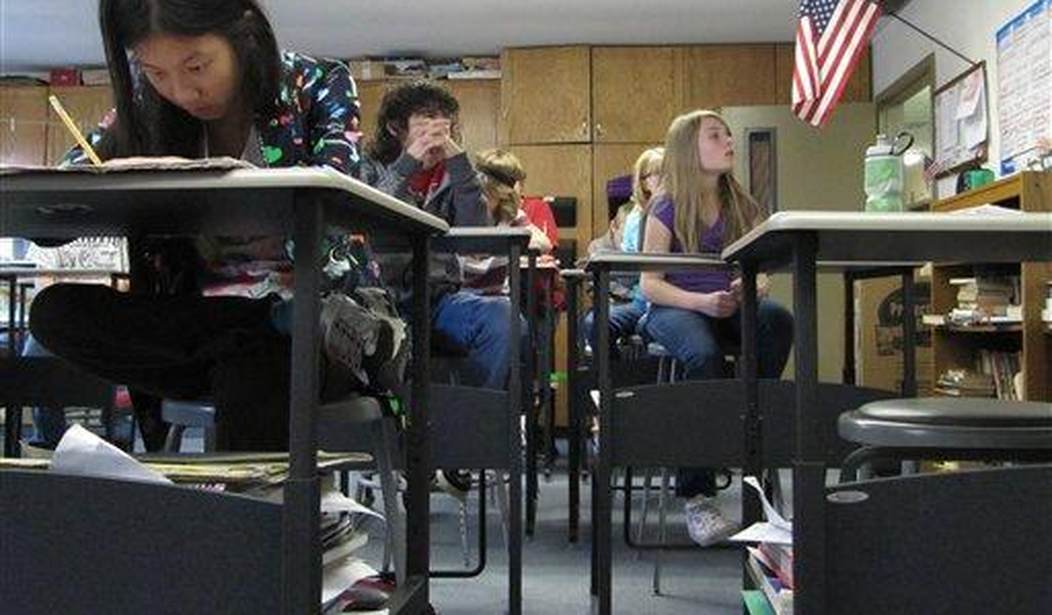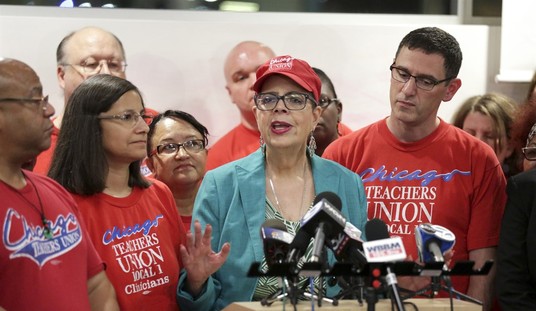New York City made waves in the education world when a group of experts selected by its mayor proposed eliminating gifted and talented programs.
No matter what you think of this move, there’s no denying the issue it aims to address: our current education system reinforces inequality rather than eliminating it. A phenomenon known as “tracking” or “ability grouping” separates the “gifted” students from the “average” students. The former group gets placed on a college-readiness track, taking honors and AP courses, while the latter group gets placed in a vocational track, where they take courses oriented towards trades and other blue-collar jobs.
We should know better than this by now. A student with incredible academic ability could have a passion for the hands-on work of design or manufacturing. Another student could have a passion for building things that would benefit both from the more theoretical approach of AP Calculus or Physics and from practical, skills-based career technical education. It’s time we reject the simplistic binary of college-ready or not, and instead embrace the fact that our students are complicated human beings with unique needs. They all deserve to have a full menu of educational and career-oriented options to choose from.
Blended learning is one of the best ways to give them that. As its name implies, blended learning is a form of education that brings together two traditionally distinct teaching methods. It combines online courses with in-person, brick-and-mortar instruction, and it ideally throws into the mix opportunities for dual enrollment in college or university courses. Ultimately, this highly personalized instructional approach intends to give students the widest variety of options in terms of course content, design and delivery so they can carve out the path that works best for them.
Aside from – most importantly – moving away from that two-track mentality, another perk of this approach is that it can save students money on future higher education costs. Today, most students are limited to the courses offered at their local high school, and while these might meet general education requirements, they often don’t give students the chance to explore an individual passion from all angles, nor allow them to start working toward their career goals early. When students can access a variety of classes and take classes that meet college expectations while they’re still in high school, they can potentially save thousands of dollars in tuition costs.
Recommended
Now, perhaps more than ever, this option is critical: more than 90% of both parents and students surveyed in side-by-side polls said more opportunities for high schoolers to earn college credit could help solve the student debt crisis.
There’s a reason so many schools have resisted blended learning models. It’s far easier to develop one or two standardized approaches than to deal with the infinite number of permutations that result when you open schools’ and therefore students’ doors to blended learning. But the truth is, Americans are waking up to the fact that this two-size-fits-all approach isn’t working anymore. As New York City’s motion to eliminate gifted classes indicates, people are rejecting the narrative that certain learners are simply vocational-track students and second-class citizens, as well as the idea that college readiness is more important than career readiness. Those same polls found the majority of parents and students don’t believe schools are “doing enough to prepare students for a career after graduation.”
The more we embrace the tailored approach of blended learning, the more we’ll be able to hone students’ unique gifts and prepare them to thrive in the workforce of the future – regardless of their background or family story. It’s a major change, yes, but it’s one that will bring about the equality and opportunity that every child deserves.
Pat Michel is vice president of career readiness program design at K12.

























Join the conversation as a VIP Member